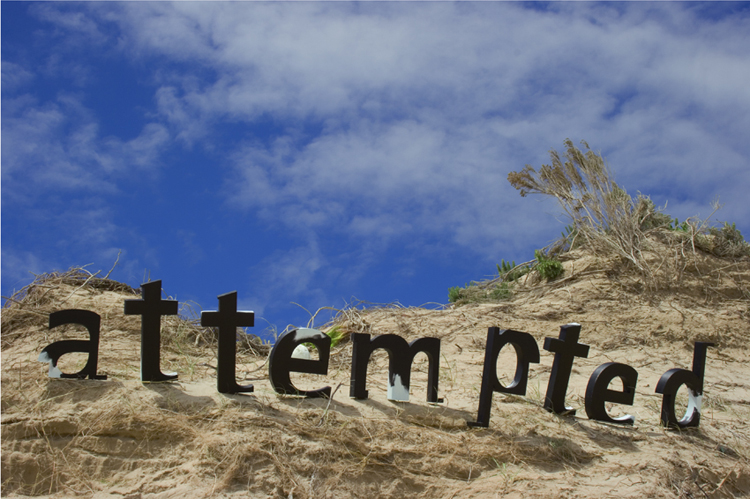I have been thinking about individual images and objects (visual texts) and the connections they form. When Barthes states “ I await the fragment that will concern me and establish meaning for me” I sense a mild self effacement; his endless questioning of his project, and his need to keep moving, to stay ahead of doxa. When I read this I noted in relation to my own practice: these fragments may seem discontinuous yet they touch the writer in many ways. I use the term writer interchangeably here as both in the Barthian sense of the reader as the writer of the text (writerly text), and myself the writer of the words. Thus the fragments keep growing and making new meaning but never a complete meaning as once formed they somehow become incomplete, as though the intention could never be realized; the next move awaits.
For example the hair conditioner bottle as a kind of monument has yielded other connections. I think of the idea of the little monument made from an ordinary everyday object that has experienced some kind of journey and weathering. This little object is given an iconic status and a mythology that is imbued with contradiction and irony. It stands alone amongst the seaweed with the waves in the background. This idea of the ordinary object that has had its status elevated by its context and viewing angle relates to the idea of providing unexpected and multiple signifieds. Signification is disrupted by weathering and unusual typography. Thus initially it is difficult to determine what kind of ‘bottle’ it is. Its actual scale is confused by the viewing angle (camera position). And finally its context is somewhat removed from the domestic arena. Yet the irony of the beach context is fairly obvious, and thus links with the ‘normal’ signifier. I am interested in allowing this object to become something else. Though referring back to its received signifier, I am interested in the secondary signification by mythologizing this object with an elevated importance and stature. Proposing a mythology based on a reconstructed reality, one moving a couple of steps away from its doxa, allowing the reader to write a new present for this little object, to open up the range of signifieds available.
Additionally, this image, this visual text is a reflection. Where is the referent? How does this image have any relation to its materiality?
[also see Sand]

Tame, 2009








